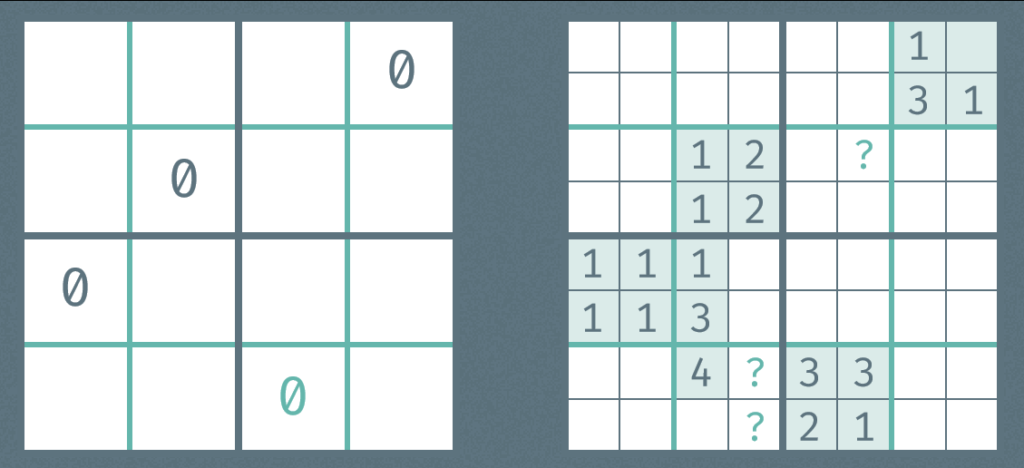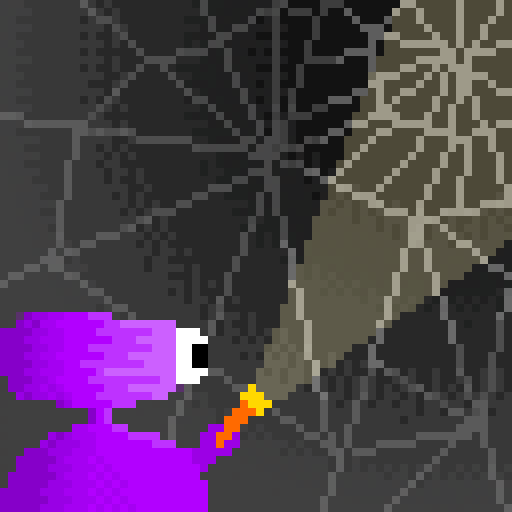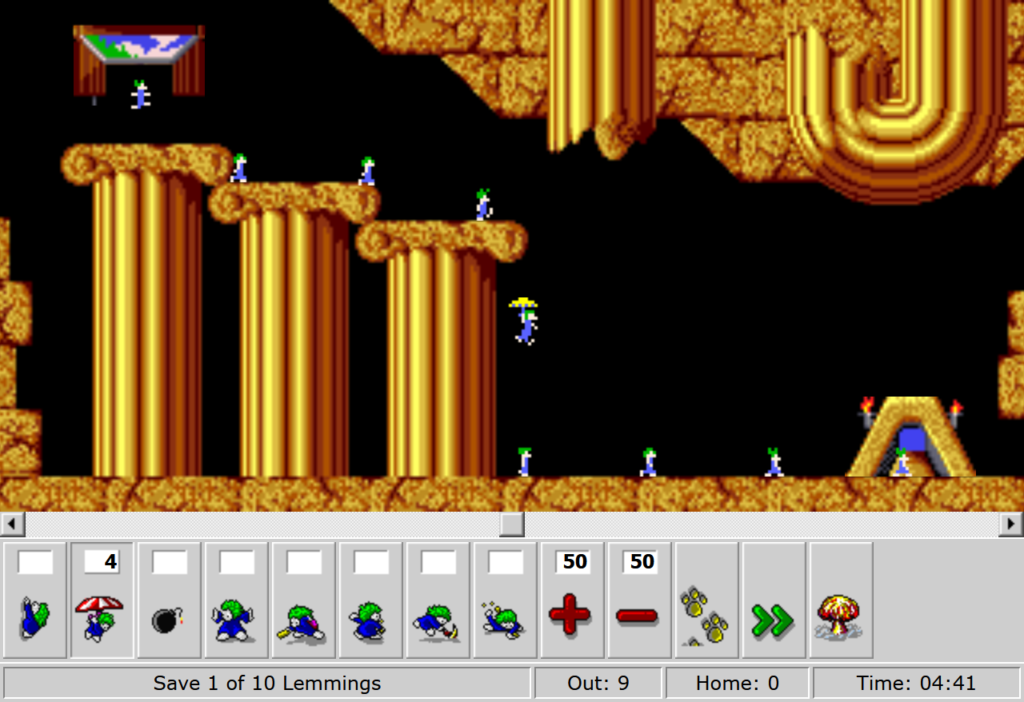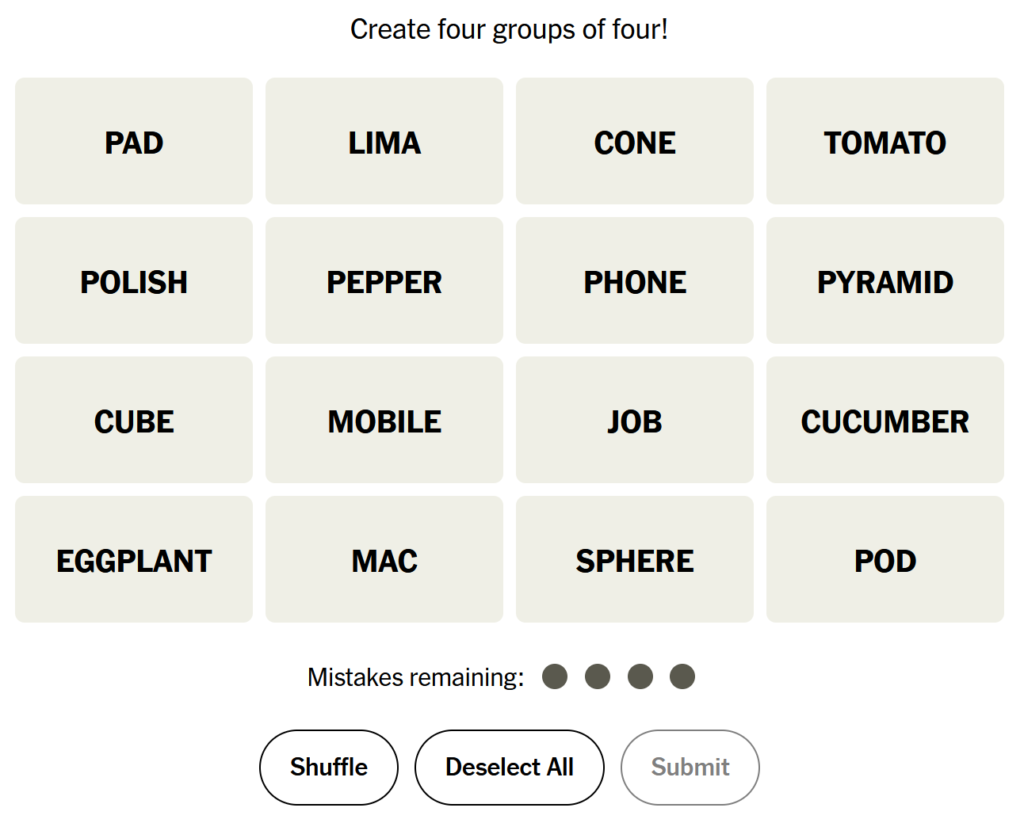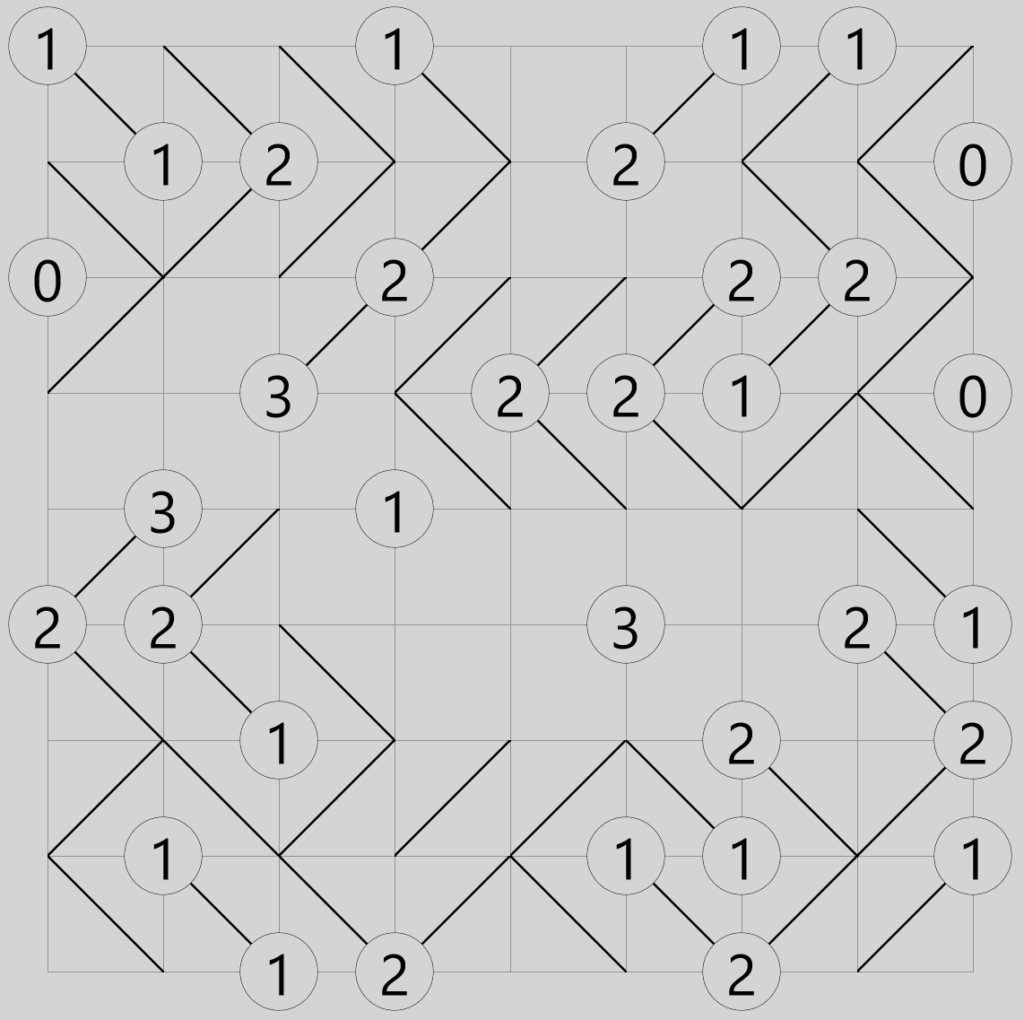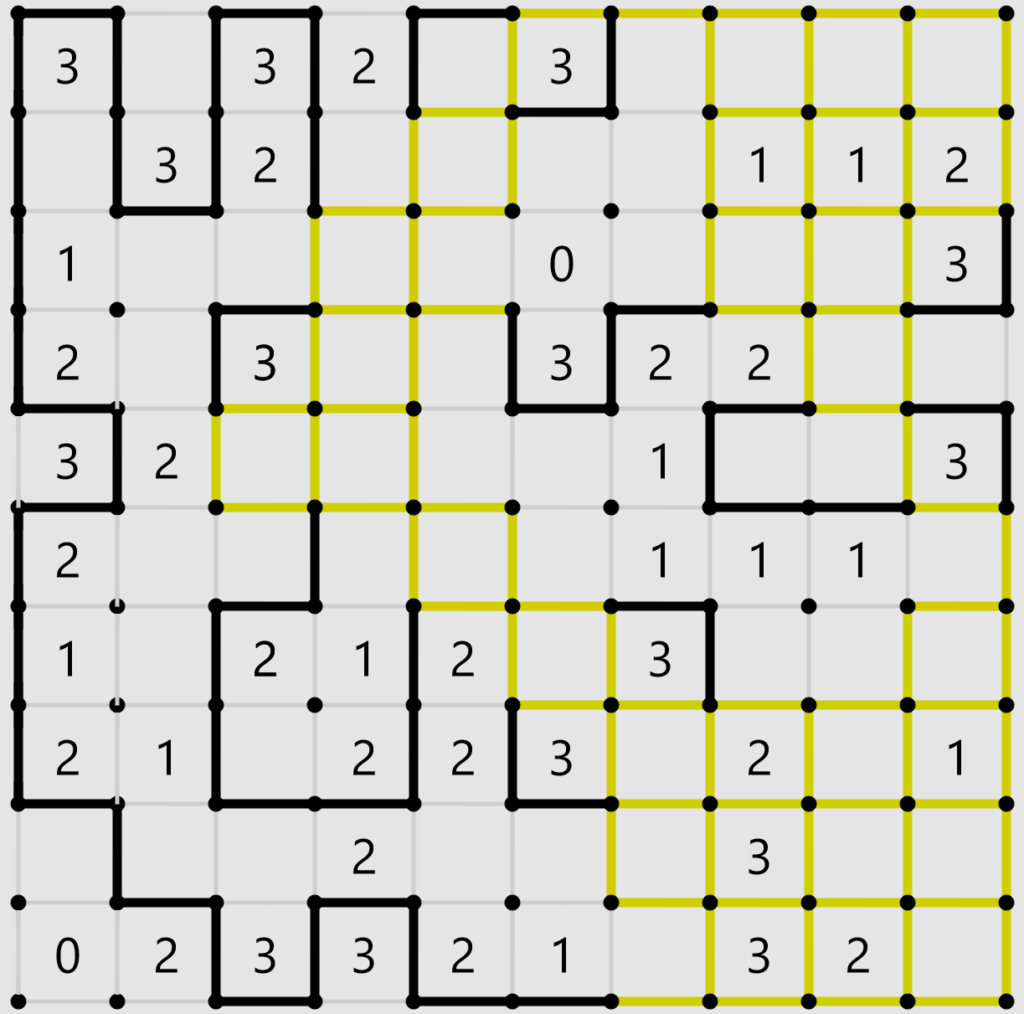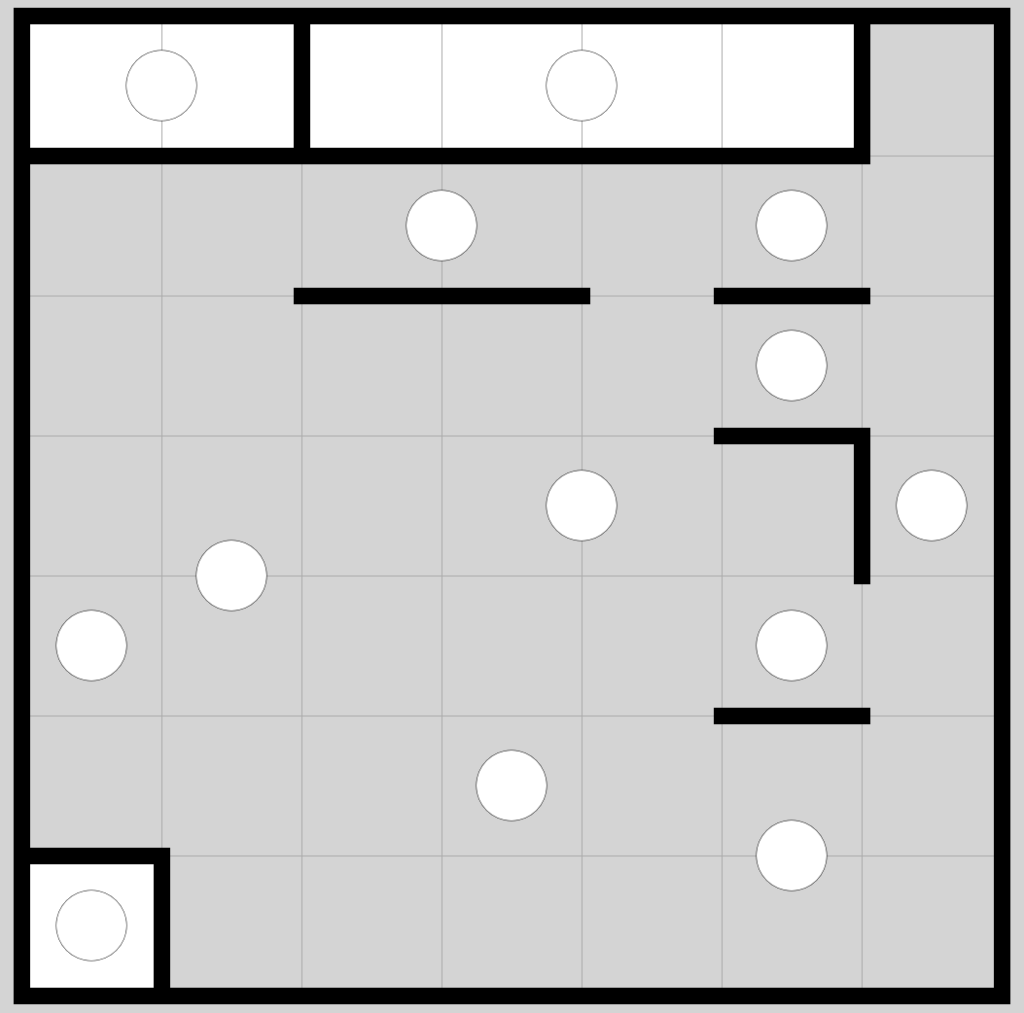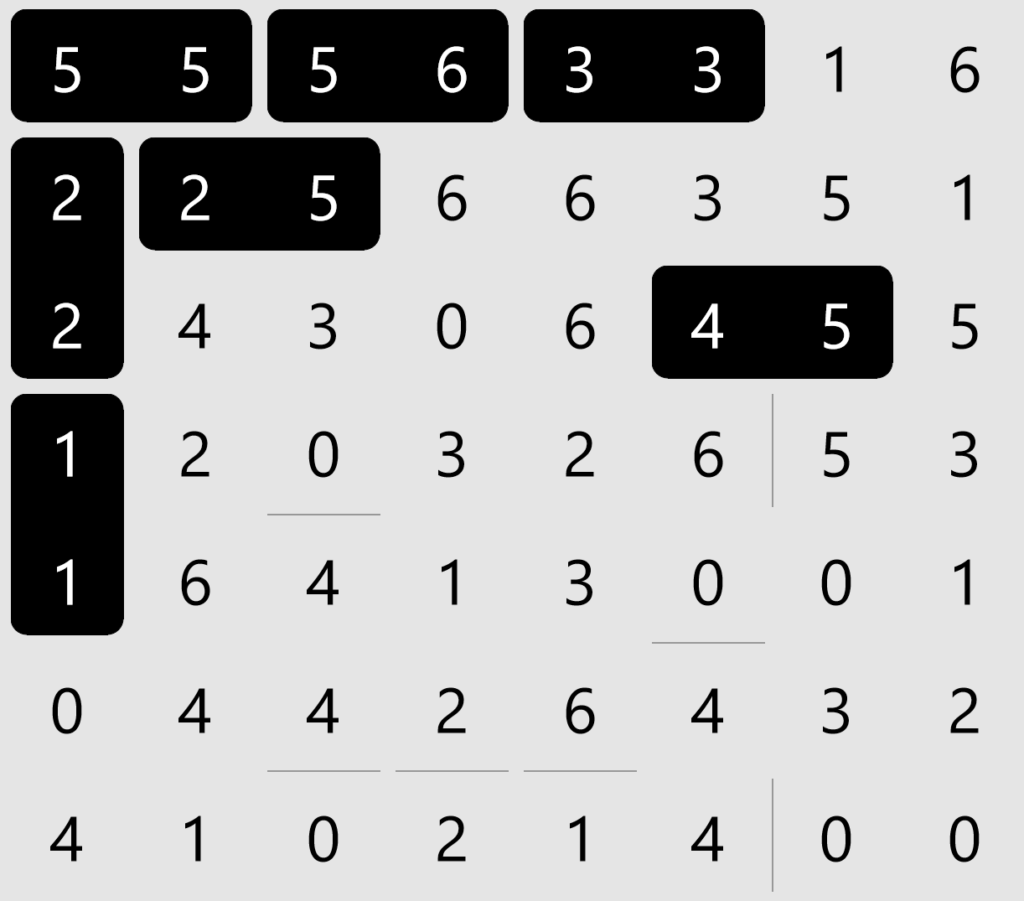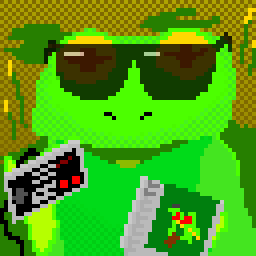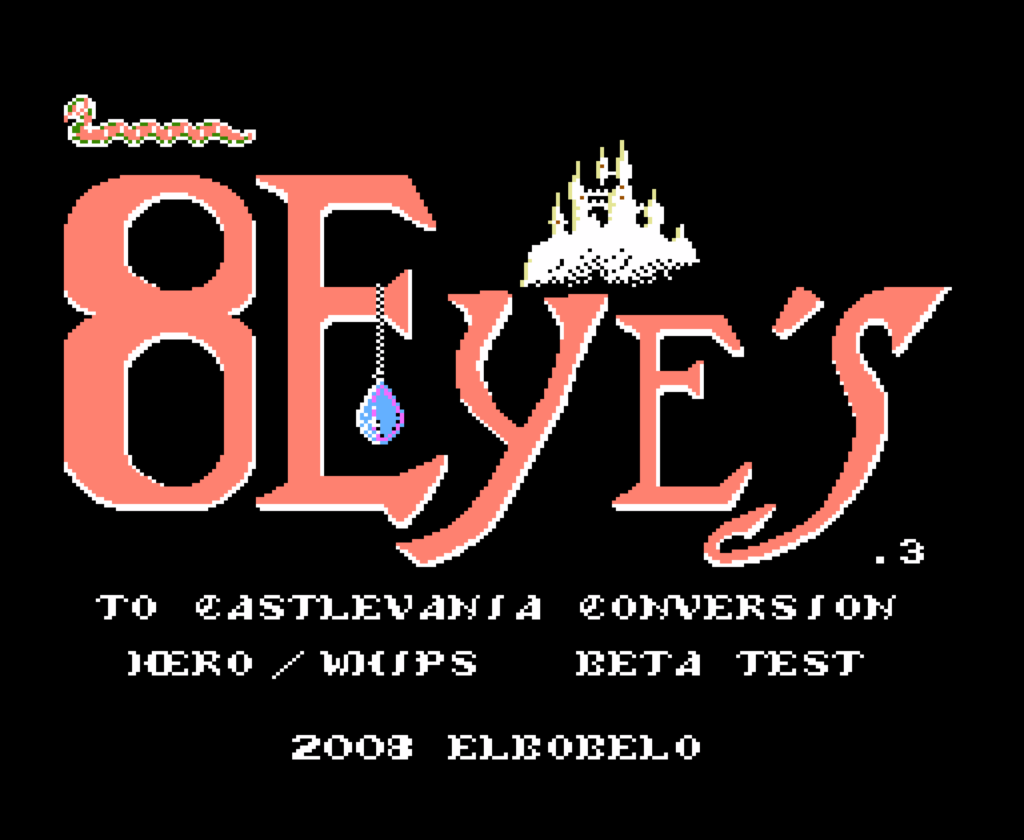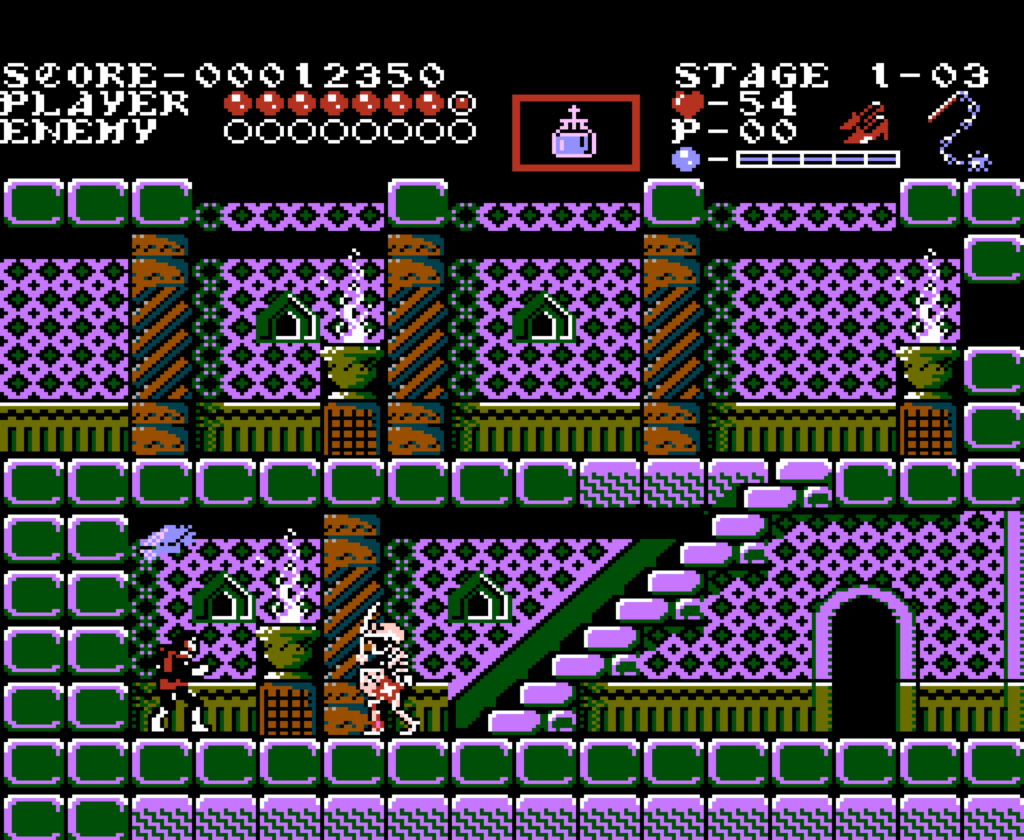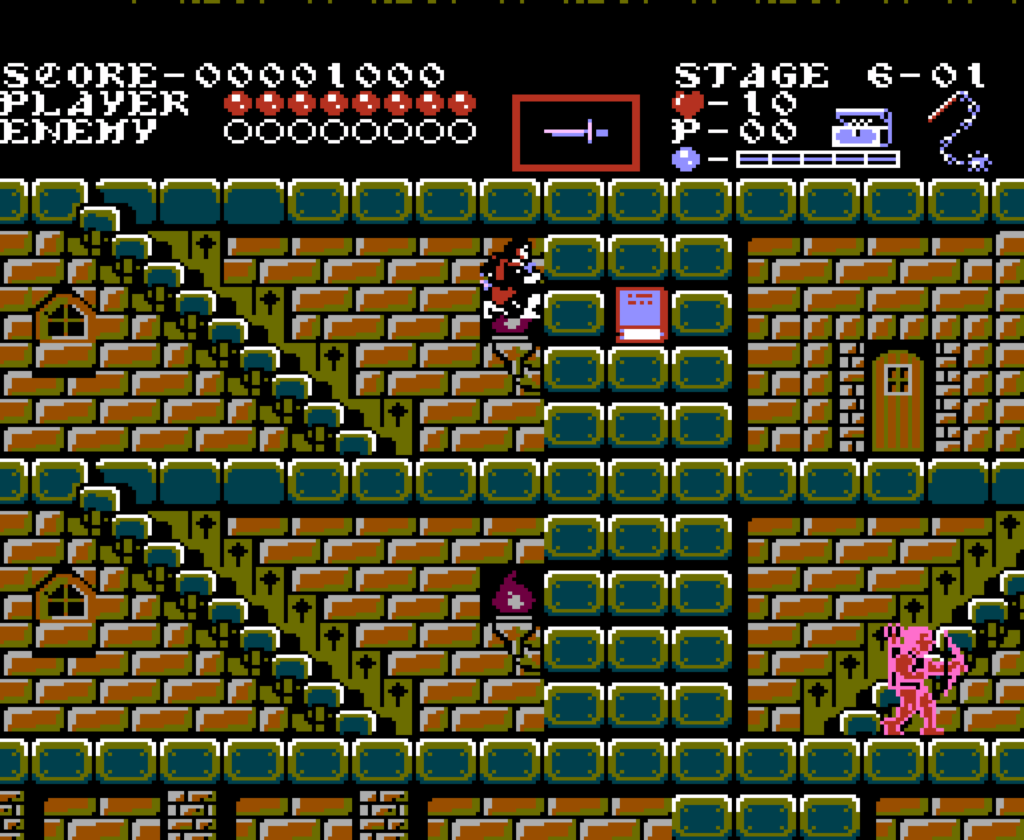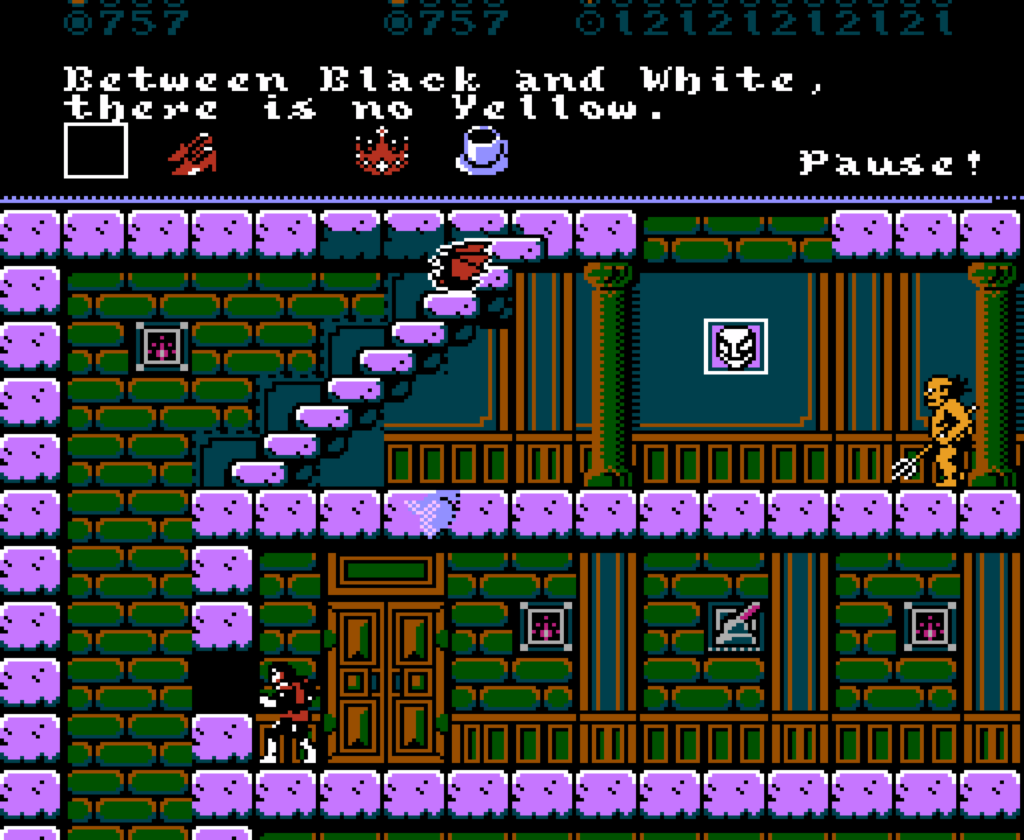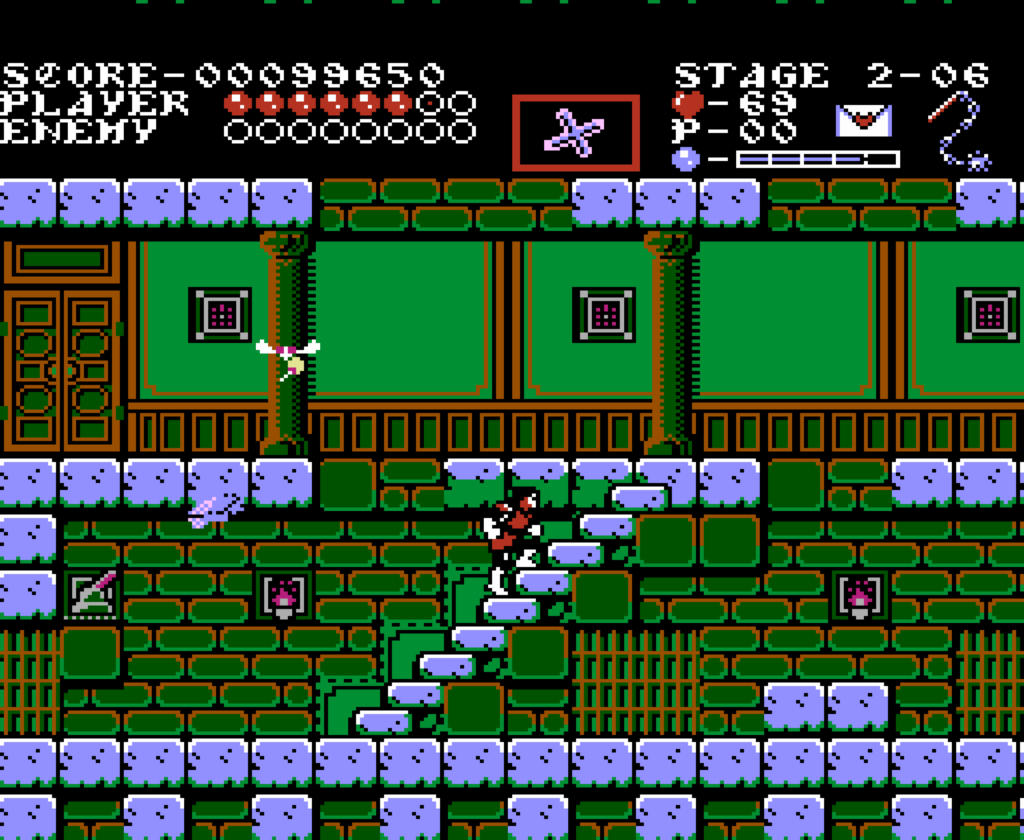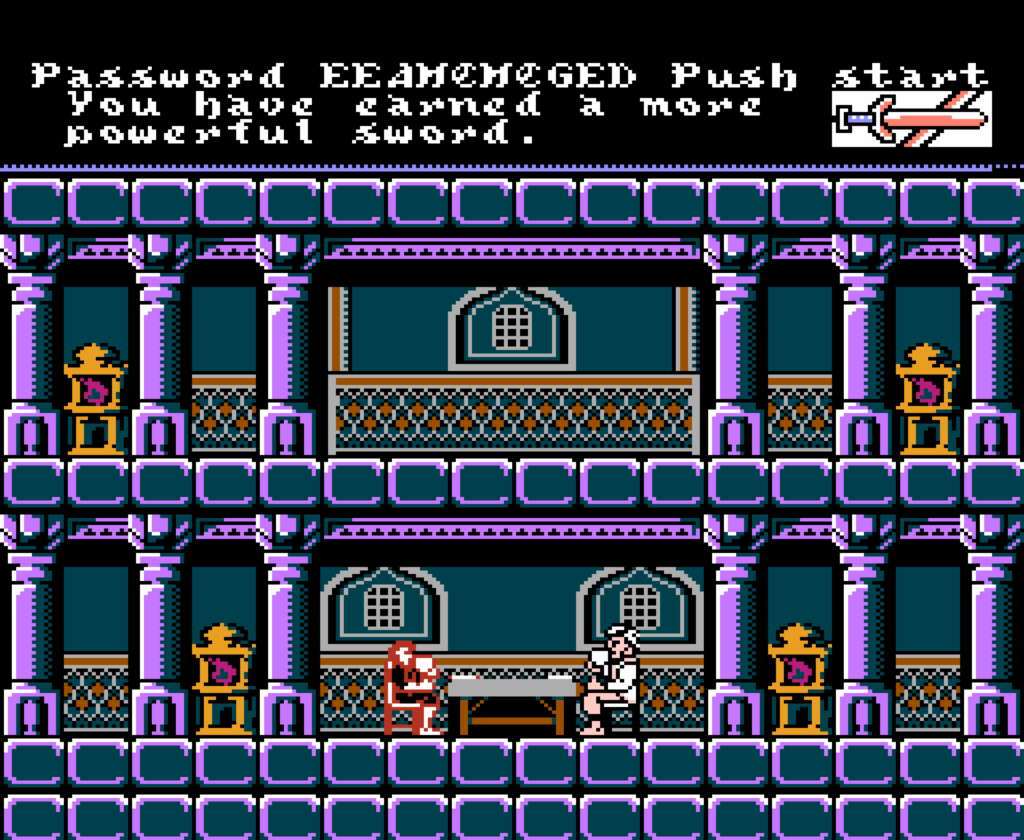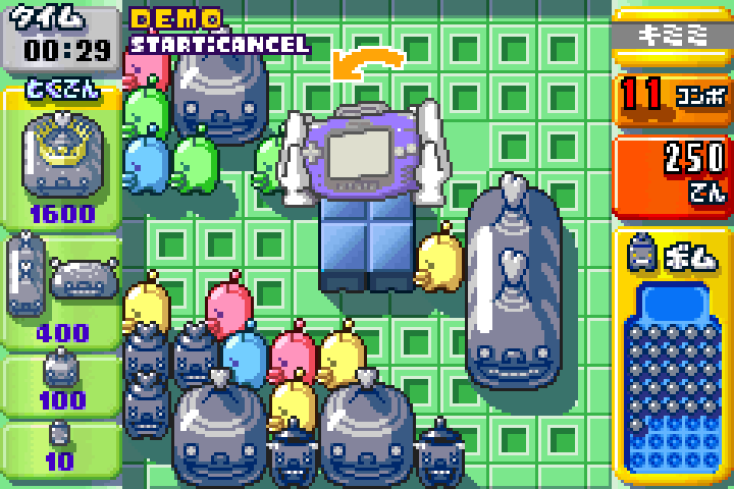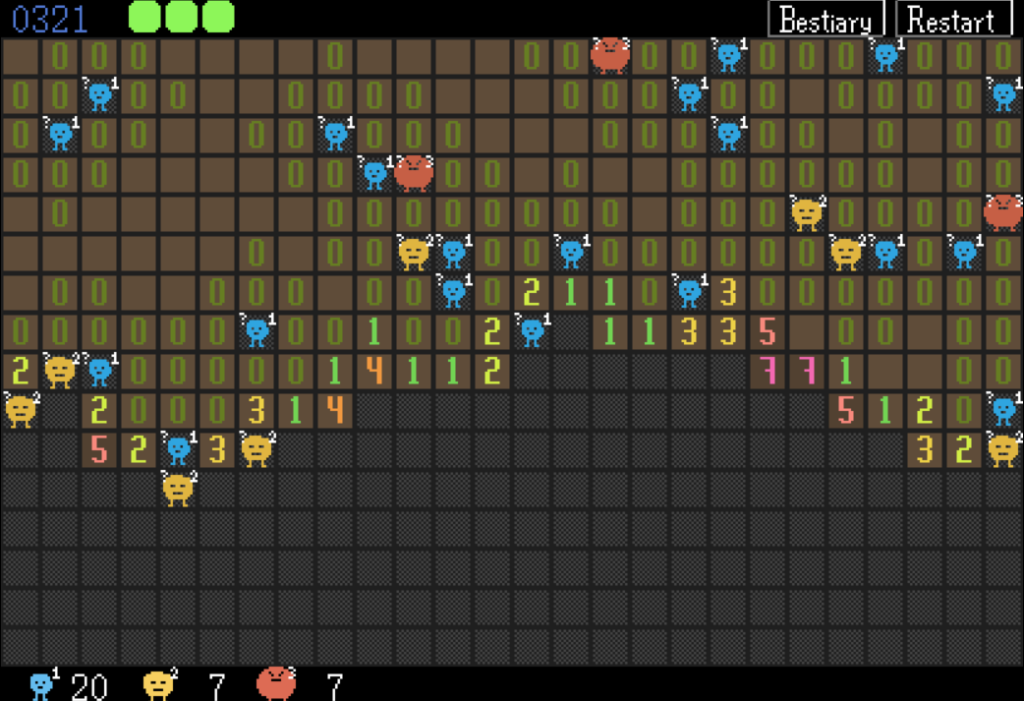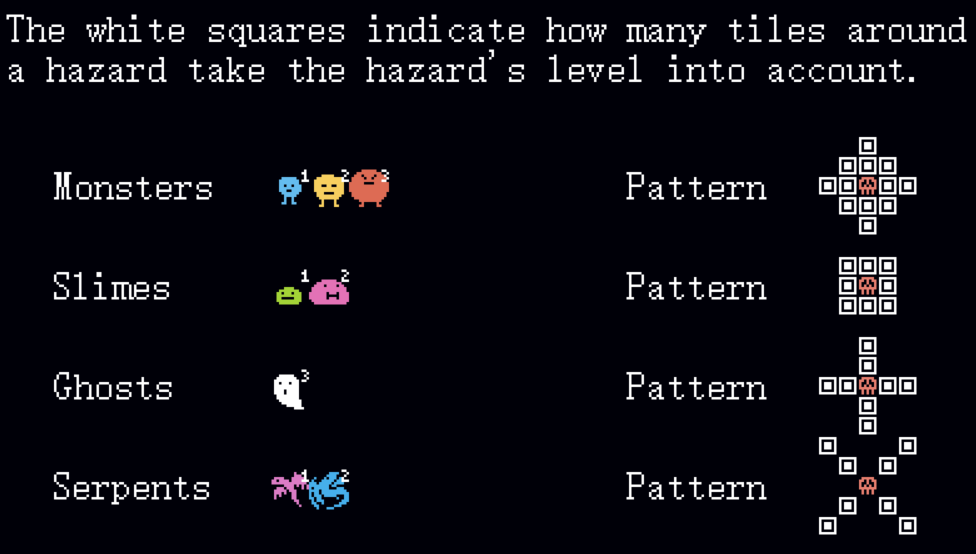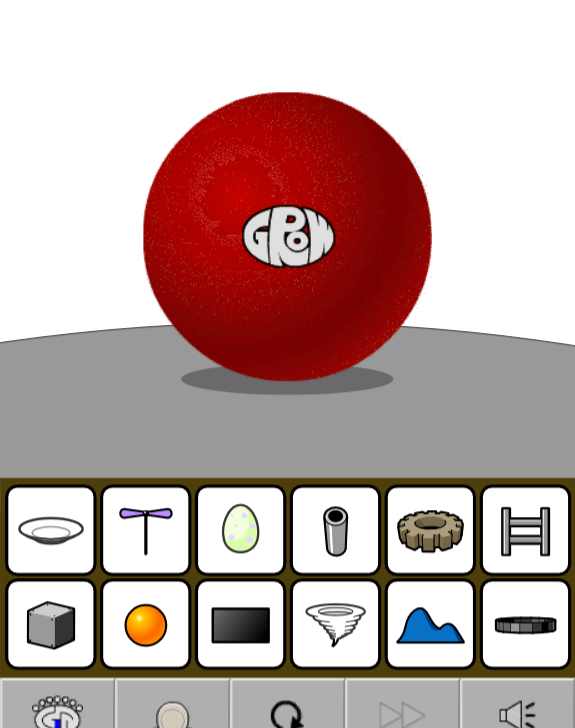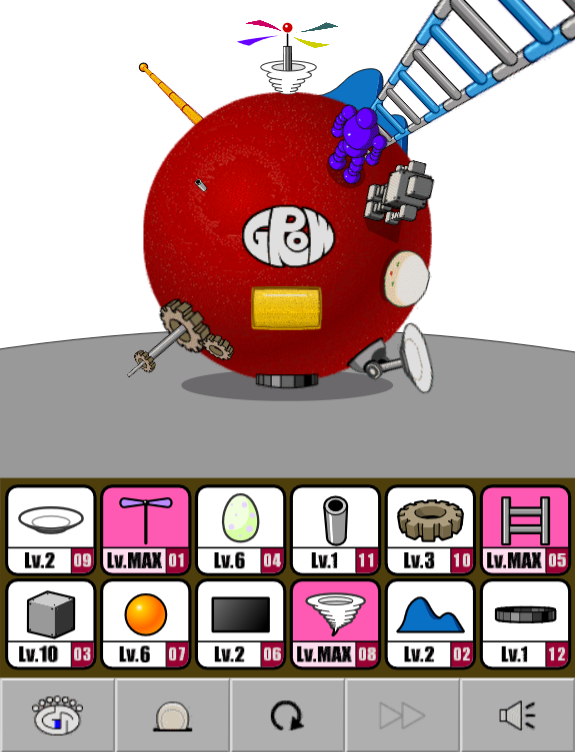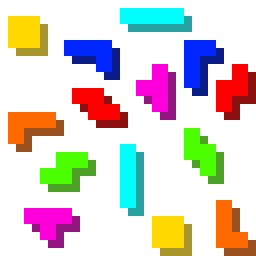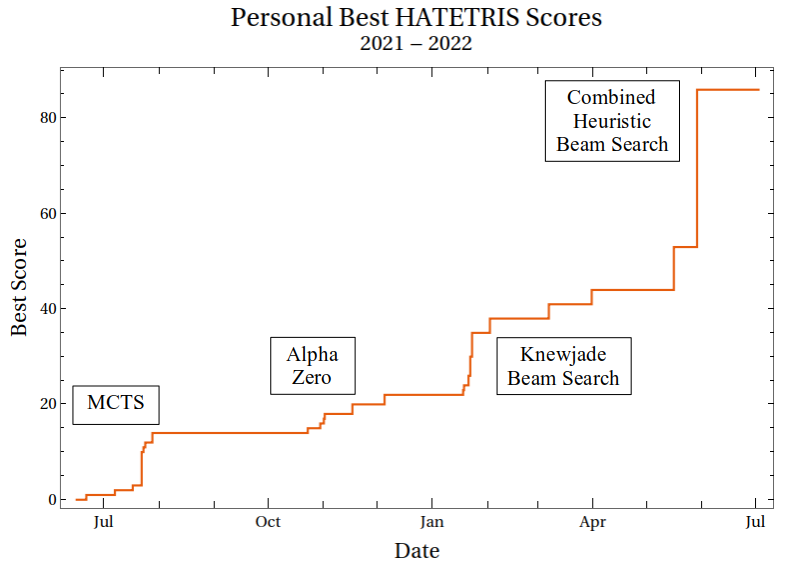I recently made a Metafilter post with the title Exploring the BABA IS YOUNIVERSE. Having used that pun here already I can’t well put it up again, but the links in the article are good ones, so I figured I’d present them here too, with a few extras. All of these, plus more, are on Hempuli’s (Arvi Teikari’s) itch.io page. Everything here is free and for Windows, unless otherwise noted.

- First, some that I’ve already linked on this blog already: Mobile Suit Baba (previously, $4), Cavern Sweeper (previously, Web) and Baba Is You XTREME (previously). And of course there’s Baba Is You ($15) itself.
- A recent trilogy of Sokoban-like games, each with a unique gimmick: Covemount, That’s a Warp and Pultimush, and the earlier IT’S A BLOCK-PUSHING GAME (all for Web)
- Baba Files Taxes is a very silly game, but Baba’s world is an appealingly silly one anyway, and there is a little gameplay there in trying to duplicate Baba’s signature as closely as possible.
- The Plumber Thing ($2) is a horror puzzle/platformer.
- It’s-a Me is a purer platformer, starring the confusingly-named Me from the Baba games. It seems pretty standard at first, until you discover what the run and jump buttons were assigned to. I hope you’re careful with your fingers….
- Keke in the Caves of Peril is also a Baba-Youniverse game, that evidentlly takes more than a little inspiration from Boulder Dash.

- The “gravity-changing platformer” Once In Space 2022, which gets pretty tricky pretty quickly.
- Stumblehill is a platformer, with striking graphics, where the controls are purposely a little harder to master than your basic example of the form.
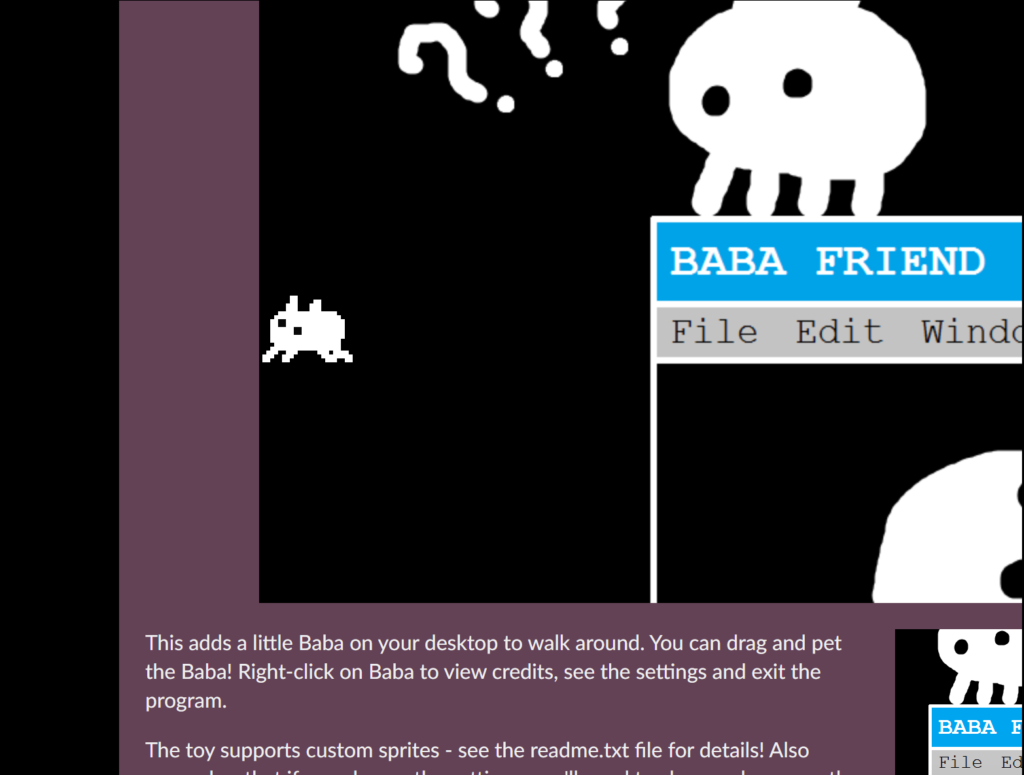
- Baba Friend is a little desktop buddy/toy who wanders around your computer’s screen while you do other things. It’s much like the classic computer amusement Neko!
- Rude Chess is another Sokoban variant: some of the pieces you have to move are chess pieces, which shift according to their movement rules when pushed. The rude part applies because, if a piece has a choice of squares to move to, it always tries to pick one that doesn’t lead towards a destination square!
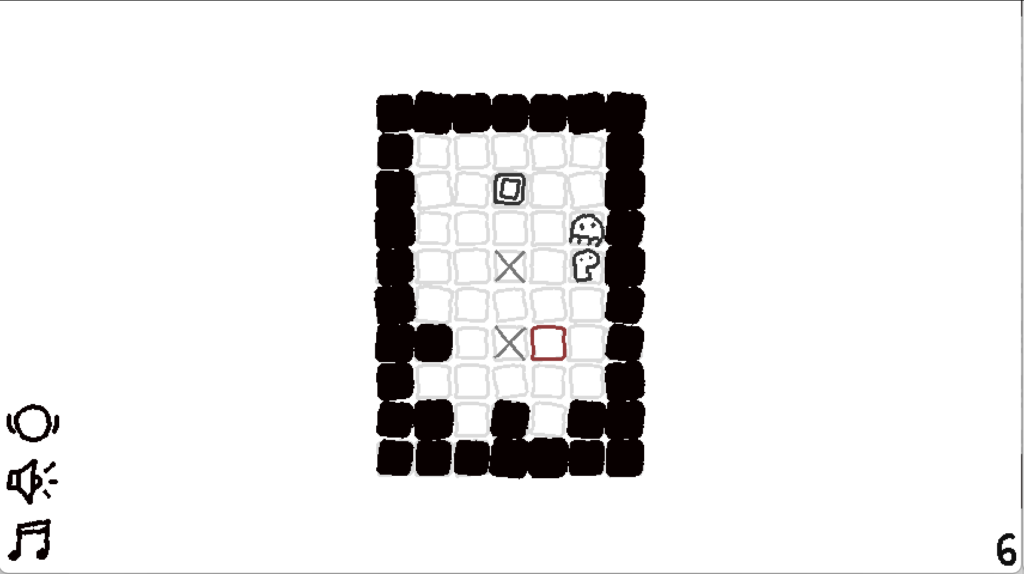
There’s more too, that I only fail to list here because of time-related reasons, including some physical games and a screensaver. Go on and explore their itch page, it’s brilliant!
Hempuli’s itch.io software (mostly free, most for Windows)

